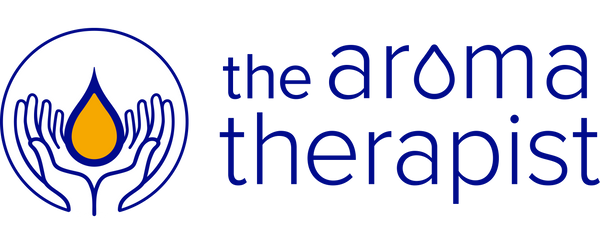
Labels are important.
The label on an essential oil bottle should tell you a lot....
What is the botanical name of the plant? What country was the plant grown in? What was the nature of its cultivation? What part of the plant was it extracted from? What was the number of the batch it came from? The batch number has followed your oil from the farmer that grew it, to the facility that bottled it, and everywhere in between. This number is your guarantee that a governing body (in our case EcoCert EU) can validate the information being given on the label.
These are all important pieces of information that will help you to be an informed consumer. To learn more about essential oil labeling and how to understand it, visit Decoding Labels.
The cultivation method tells us what practices were used during the growth of the plant and the extraction of the essential oil. The different cultivation methods you will see on our labels are:
certified organic + EU-Organic: from certified organic farming - certified with Ecocert (DE-Öko-024) No use of chemical fertilizers, herbicides, pesticides, fungicides. Distillation usually under low pressure. No overheating, slow distillation in order to preserve the maximum of active components in the essential oil which contribute to its special aromatic effect and healing power. Each of these ingredients has a different rate of evaporation when exposed to heat. If an oil is distilled too quickly (high pressure, high temperature), many of these precious elements preserved by a slower evaporation rate are lost.
wild certified organic + EU-Organic: wild from certified organic farming - certified with Ecocert (DE-Öko-024) This category applies to oils stemming from wild-grown plants, harvested under certified organic regulations. Their manufacturing does not differ from that of certified organic oils.
conventional - These oils are most often selected from countries where certified organic sources are not available, since control organizations, or independent monitoring agencies either do not exist or are not applicable. Although the farmer is not a member of one of the controlling organizations - planting, harvesting and distillation are performed according to traditional organic methods. The regular use of gas chromatography testing provides a further guarantee of purity and quality. The oils in this category meet our claim for qualitatively pure and excellent olfactory quality.
wildcrafted - These essential oils stem from wild-growing plants. They may be manufactured in larger quantities (e.g. Eucalyptus, Tea Tree, Pine sib. etc.) but have not undergone chemical treatment.
The cultivation of essential oils is an art. The farmers we source from have often spent generations perfecting their art - with one specific plant and one specific oil. Since our oils come from every corner of the world (wherever the plant exists naturally) we see oils coming from each of these methods of cultivation. Each type has value and represents the method that the individual farmer has chosen to be best for the plant they are harvesting.
